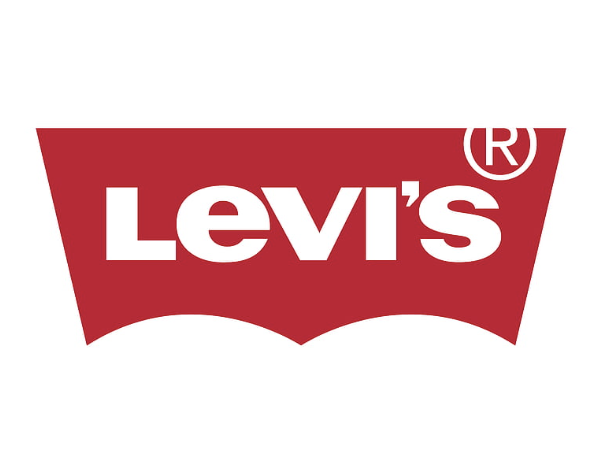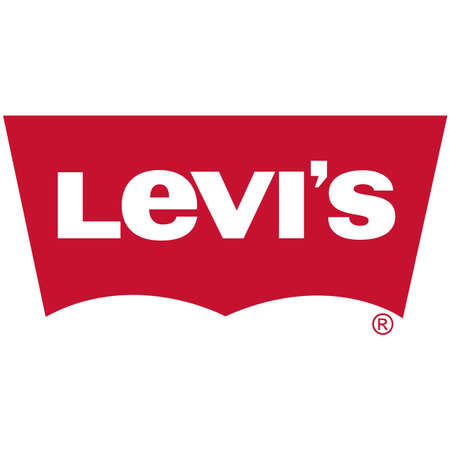Innovation, Data, and Design - Driving Growth and Conversion
For over a century, Levi’s has set the standard for denim and casual wear. The brand’s reputation for producing garments that combine quality, durability, and style has helped Levi’s maintain its position at the forefront of fashion.
This success is built on a foundation of core values that include sustainability, ethical production, and an unwavering focus on the consumer’s needs.
Levi’s business model is grounded in the idea that every garment should not only look good, but also feel good—both in terms of comfort and the knowledge that it was produced responsibly. The company’s ongoing commitment to accessible pricing ensures that the Levi’s experience is within reach for a diverse array of consumers.
As Levi’s Australia was entrusted with the mission to drive regional growth, it recognised the importance of a strong connection with local customers. Unlike in some international markets, Australian consumers bring unique preferences, expectations, and buying behaviours to their interactions with the brand.
Levi’s Australia sought to amplify these local connections by raising the standard of digital experiences, reflecting the brand’s heritage while forging new pathways for engagement in an increasingly competitive online environment.


